Introduction
Ubuntu 12.10 was released last month but I have only recently reviewed Ubuntu 12.04 and to be honest I couldn't muster up the energy to do battle with Unity again so soon.
It isn't that I particularly dislike Ubuntu because I don't. You only have to read my review of Ubuntu 12.04 to see that I have every respect for this distribution. I also received a fair amount of criticism from people who were clearly not fans of Ubuntu.
I think the best comment on the Ubuntu review sums up how I feel about Ubuntu as well:
I installed Ubuntu 11.10 when I first got started with Linux, and I've uninstalled it, reinstalled it, uninstalled it again, and so on. I've tried Unity, don't like it, and I've moved on. HOWEVER, despite all that, I believe Ubuntu has made a fantastic contribution to the Linux world in one very important way. It's easy to install. In fact, after six months now of looking at other distributions, I can attest to the fact that only Ubuntu and its derivative distributions have an installer a novice can use without having to wade too deeply in the hard drive partitioning waters. I've seen some that come close (openSUSE and Fedora, for example), but even they can quickly become too technical for the user who just wants the system to install itself so he can get on with USING the computer. For the folks who take pride in their technical expertise and skills, there are plenty of options out there (and they can even demonstrate them to their heart's content with Ubuntu), but the secret to getting more people to use Linux is making it super-simple to install. Most users don't care how it works, why it works or how wonderful the coding may be. It doesn't matter how good your mousetrap is if the user is intimidated by its installation process.So based on the fact that I have recently reviewed Ubuntu 12.04 and the fact there is now a 12.10 release available I have decided to review Xubuntu 12.10 which is Ubuntu with the lightweight XFCE desktop environment.
I downloaded Xubuntu 12.10 and installed it to a USB drive using Unetbootin. I then installed it fully to the hard drive on my Samsung R20 laptop. The Samsung R20 is a good six years old and it is hardly a mean machine in terms of processor or graphics ability. It is definitely not a good choice for Ubuntu but for Xubuntu it is just fine.
First Impressions
The first thing I noticed was the boot time. It was very quick at around 15 seconds. To give you a benchmark most other distributions on this laptop take between 30 and 45 seconds.
The Xubuntu desktop loads with a rather bland blue screen with a taskbar at the top and four desktop icons on the left hand side.....
.... but that is not all because if you hover over the bottom of the screen a docking bar appears with a series of icons which enable you to perform common tasks.
The XFCE desktop will be very familiar to most computer users whether you are a novice, a Windows user with 20 years experience or a seasoned Linux guru.
The taskbar at the top has a small icon on the left that brings up the menu. On the right hand side of the taskbar there is a fairly standard set of icons for various functions including a battery monitor, speaker symbol which enables you to adjust audio settings, wireless icon for setting up a wireless connection, notifications icon, a clock, a workspace selector and the name of the current user which when clicked gives you the option to lock the screen, switch users, log out and shutdown.
The docking bar has icons to provide instant access to the most commonly used applications including a file browser, email client, terminal, settings, search tool, software center, word processor and a music player.
The docking bar has icons to provide instant access to the most commonly used applications including a file browser, email client, terminal, settings, search tool, software center, word processor and a music player.
Connecting to the internet
To connect to the internet click the wireless symbol on the taskbar and a menu will appear showing the available networks.
When I first clicked the icon nothing showed in the list. I had to uncheck enable wireless and then recheck enable wireless before the wireless networks appeared. This is not the first time I have seen this happen with a Ubuntu based distribution.
To connect to a network simply select it and enter the security key. On subsequent boots the network will be connected to automatically.
Flash and MP3
To test Flash I always go to Youtube and attempt to play a video.
A message appeared stating that I would need to install a plug in.
There are two options, one for the Adobe plugin and one for Gnash.
I tried the Gnash plugin and it worked however keep reading because there is a better way.
To test the playing of MP3s I ran the default music application which in Xubuntu's case is GMusicbrowser.
As soon as I started playing a track an error appeared due to a missing GStreamer plugin.
Ubuntu, Kubuntu and Xubuntu have an extra package that can be installed which installs things like Flash, Java, Truetype fonts and MP3 codecs.
In Xubuntu's case the package is called Xubuntu Restricted Extras.
Installing Software
To install software in Xubuntu you can use the Ubuntu Software Center. There is an icon on the docking bar (blue square, white down arrow) that loads the software center.
The easiest way to find a piece of software is to type the name of the software in the search box.
Therefore to install Xubuntu Restricted Extras type Restricted Extras in the search box and you will be given the option to install Ubuntu Restricted Extras, Xubuntu Restricted Extras and Kubuntu Restricted Extras. Of course you only need to install the one for Xubuntu.
Half way through the installation of Xubuntu Restricted Extras you will be asked whether you accept the license terms and conditions.
Just tick the box to continue unless of course you don't agree to the terms. I wonder how many of us have checked that box and never even bothered reading the terms.
Once the Xubuntu Restricted Extras were installed I was able to watch videos on Youtube and listen to music in GMusicBrowser.
Applications
Xubuntu has always been designed as a lightweight operating system and as such some of the more polished applications that come with Ubuntu are replaced with applications with a smaller footprint. In addition to this there aren't that many applications installed.
There are the usual accessories you would expect to find including archiver, terminal emulator, a file editor (Leafpad) and a screenshot tool.
The games section is sparse with just mines (minesweeper) and sudoku. There is no GIMP or indeed image editing tool but there are image viewers.
Under the internet section there is a mail client (Thunderbird), web browser (Firefox), messenging tool (Pidgin) and IRC Client (XChat).
The multimedia section as mentioned before has the GMusicBrowser for playing music.
GMusicBrowser is no Rhythmbox or Banshee but it has all the more common features for a music player including the ability to import music and create playlists. You can also change the look and feel to make GMusicBrowser behave like other music applications including Rhythmbox and iTunes (Why anyone would want to make their music player work like iTunes I do not know).
The media player included with Xubuntu is called Parole.
There is a word processor in the form of Abiword and a spreadsheet tool in the form of Gnumeric. If you are using an older computer then these tools are perfectly useable but lack the features of LibreOffice.
Summary
I have deliberately kept this review shorter than normal and that is because Xubuntu on its own is fairly plain. There are only a couple of choices of wallpaper and the software that is installed isn't hugely inspiring.
If you have an older computer then Xubuntu can be used as is and you can add to it with more lightweight applications.
However I think Xubuntu would work brilliantly as a main operating system on a more modern computer. The reason I chose to use the Samsung R20 for the review as opposed to other computers at my disposal is that it isn't brand new yet it isn't so old as to be considered ancient.
The fact is that whilst Unity is a cumbersome beast, Ubuntu itself is really good. The Ubuntu repositories provide an endless list of applications and the hardware support is brilliant. Therefore Xubuntu with the XFCE desktop is a great base for creating the ultimate operating system.
I will be posting more articles as I turn the Xubuntu install into something more pleasing on the eye and with the functionality of the heavyweight operating systems.
Thankyou for reading.



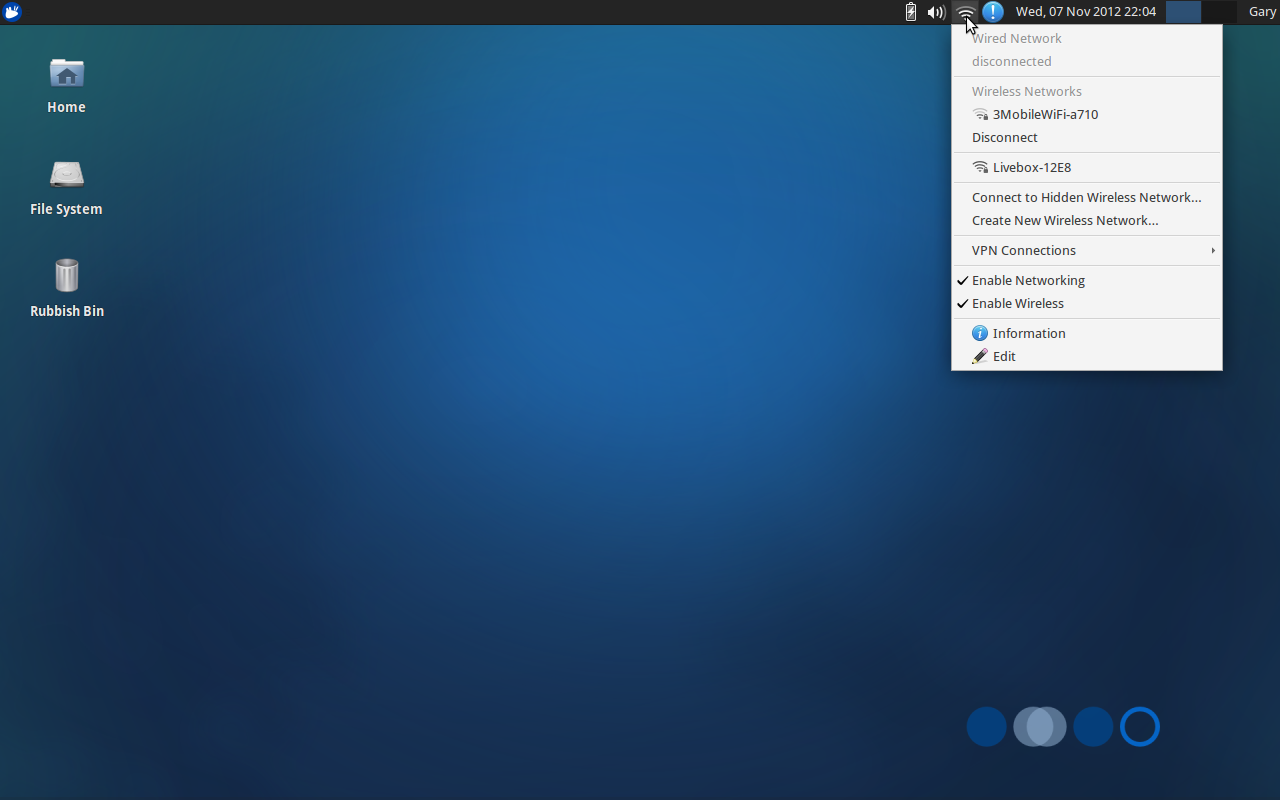
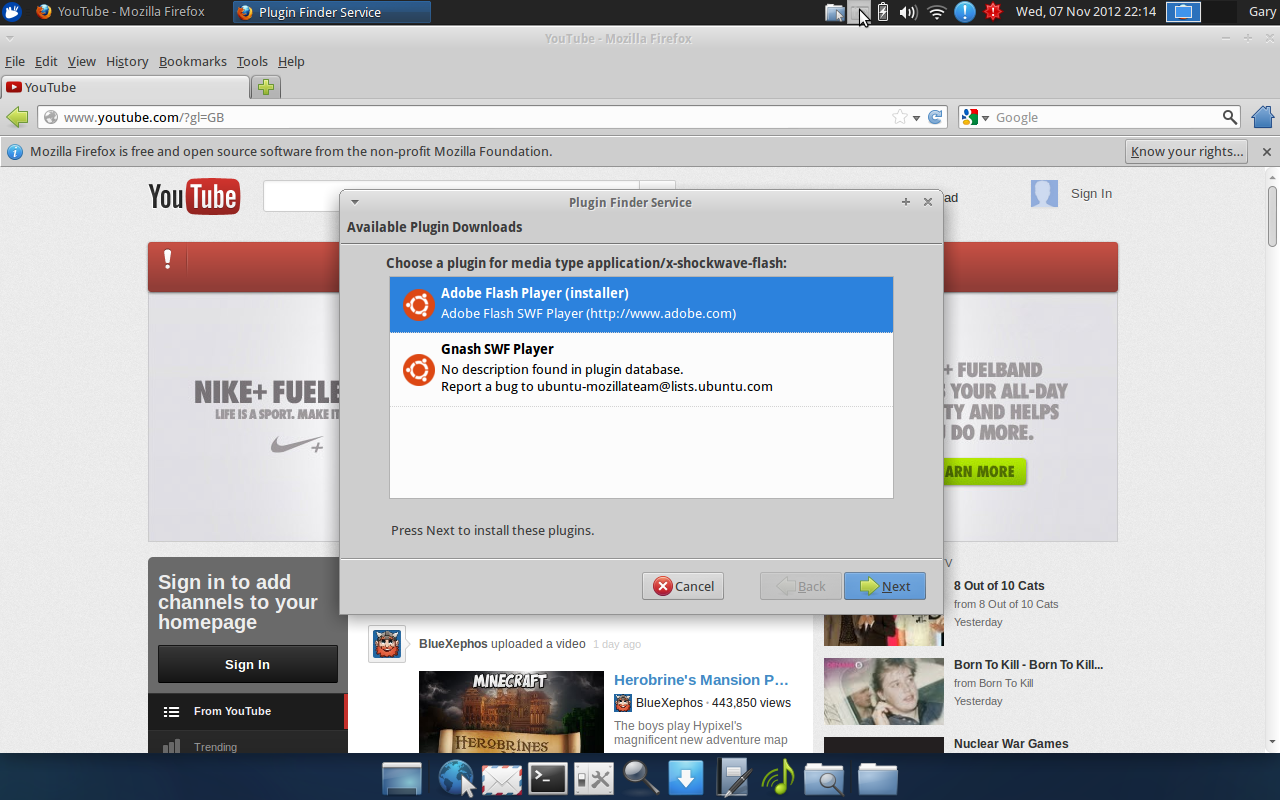

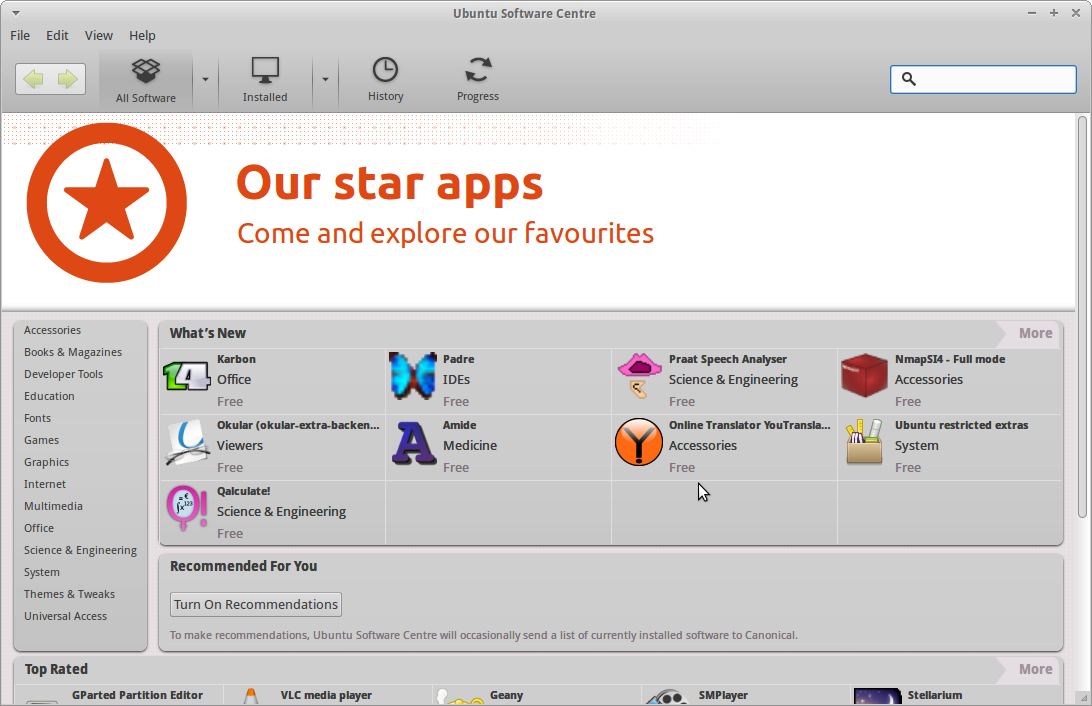

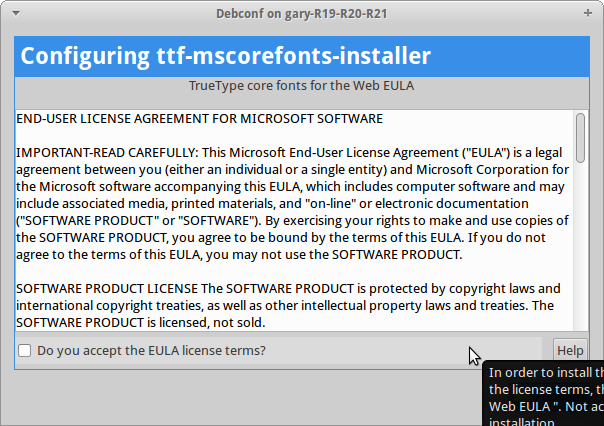
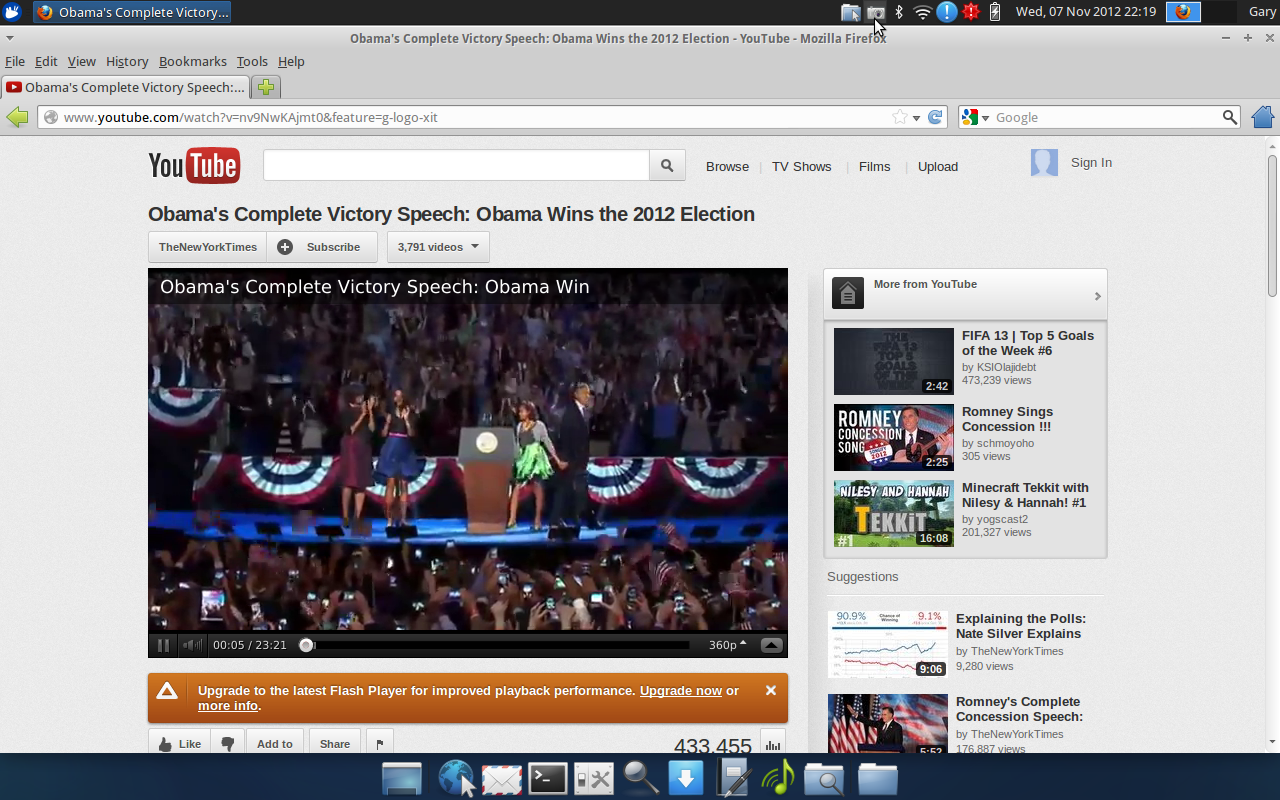
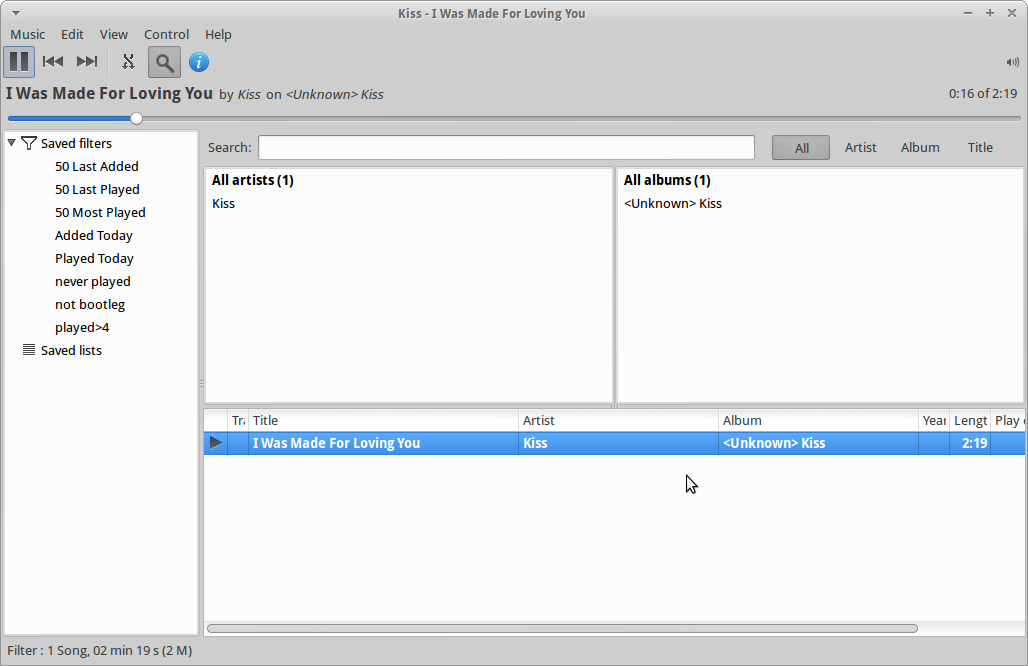

Yay! Xubuntu!
ReplyDeleteI just switched to Linux from Windows, I've tested it once, a few years back and when Vista triple crashed on me I switched... and the way it seems I am NOT coming back.
Xubuntu was the third version of Linux I tried out on my old desktop and I love it to bits. Not because I dislike regular 12.04/10 - I liked it allot, I enjoyed it enormously - but because Xubuntu is just faster, it handles Graphicsprograms like Krita allot better (for some OpenGL-reason, don't ask me) and since I work as an illustrator thats a big thing.
Its not as cool, it lacks allot of brilliant features (the Dash and all that) but its soooo sleek and you can change around stuff as you wish.
One thing though: I installed Lubuntu Software Center and removed regular Ubuntu SC. Try it out! Its allot faster... allot! But I don't know how to redownload previous purchases (since you have to logged into the Ubuntu-account thing) which sucks I guess. Anyway - why is LSC so much more fast than USC? What is it USC tries to do which LSC doesn't? It can't JUST be the images and the comments, can it?
I use it to power my laptop at work. Not only can I remote in to Windows and UNIX systems but I can watch multimedia and do other stuff with it. The games I pull down from the repositories round out things very nicely.
ReplyDeletethanks for implanting kiss, i was made for loving you into my brain.
ReplyDelete"Once the Xubuntu Restricted Extras were installed I was able to watch videos on Youtube" should be rephrased:
ReplyDelete"Instead of use Free software like Gnash, or set the browser to use html5 webm videos, now you are able to watch videos on Youtube having given up the control of your computer thanks to proprietary, obscure software that has been installed on it, undermining the main advantage of using an entire Free Software programmed computer. If you head that GNU/Linux's goal is to give freedom to the users, now you have fixed this issue and can proceed like you are used, that means spied and helpless".
I find that in life that things are rarely black and white. Gnash is ok but it isn't a perfect solution and so until it is I am happy to continue to use proprietary software. My music collection is in MP3 format because portable music players are generally happy with MP3s. FLV and OGG file formats are not always accepted and so to this end Xubuntu Restricted Extras is a resource that I am happy to continue to use. I have given up none of my freedom because I used freedom of choice to choose to install it. The other choice was not to use my MP3 player anymore which is just silly. It is also nice to have the true type fonts installed. It is up to each individual to decide whether they to want to install the restricted extras.
DeleteHey Gary,
ReplyDeleteI enjoyed your review and your perspective on Ubuntu/Unity in the quote at the beginning of this article.
Take care,
daemox
One additional comment; consider taking a look at Peppermint OS if you get an itch to explore. It's essentially Lubuntu + Linux Mint combined (as you might guess from the name). Following your review, I'm going to load up Xubuntu again and see which one works best for me at this point.
ReplyDeleteCheers!
Thanks for the comment. I have written a review of Peppermint 3 (/2012/08/peppermint-linux-3-mint-with-no-holes.html),
DeleteOne of my first ever reviews was Peppermint 2 (/2012/08/peppermint-linux-3-mint-with-no-holes.html).
I'm a big fan of it. I like the site specific browser idea to turn web applications into desktop apps.
I've used Unity since Ubuntu introduced it and I now find that when I retry old-style interfaces such as XFCE, they are slow, clunky and awkward. Unity is simply a faster and more intuitive interface for me: less menu-ing, fewer keystrokes, less usable screen real estate clunked up.
ReplyDeleteI always used to offer Gnome and KDE as options when people switched to Linux because only they could tell which they would like more.
ReplyDeleteNowadays, Gnome is a bigger mess than usual and no one I showed Unity wants to use it. NO ONE. Who knew people dont like being treated like morons?
So now I just offer Kubuntu and Xubuntu (Im not a huge fanboi of Buntu but have been using Debian forever and thats what it mainly is).
Who the hell names a MUSIC program Parole? Isnt that french for speech-words?
I havent had any problems switching people to either Kubuntu or Xubuntu and those two will be my go to distro for newbies for a while longer.
The idea over the next week is that I will be replacing the applications that come with Xubuntu and powering them up with my preferred applications. This will give me a chance to review the applications as well as the distribution.
ReplyDeleteGreat idea! Looking forward to it!!
DeleteI've used Linux on the desktop in anger for 10 years almost exclusively. I currently favour Xubuntu 12.10 at work running on twin full HD screens. I have no loyalty to any operating system, my goal is always to do actual work as efficiently as possible; Xubuntu ticks my boxes. With 12.10, my Radeon HD graphics card is not supported so I'm running the open source drivers. It's not a problem, I can still view full HD video if I want to so goodbye and good riddance to proprietary nonsense. I don't care about compositing, wallpaper, the 'dock' at the bottom of the screen so I've switched it all off. My desktop resembles Windows XP: windowed programs and a taskbar with notifications and buttons for open programs - and that's it. I don't need a menu button because I know what all my programs are called, so I use the Synapse launcher: F12, a couple of characters, hit enter and boom, my program is open. No time wasting mouse navigation. Increasingly, what I do is catered for in a browser (Google Apps), so my reliance on 'rich' programs is gradually diminishing (so much so that I now use a Chromebook at home). Boot time? I don't care, I leave my PC on for months at a stretch. Music? That's what 8tracks and grooveshark are for. Games? I'm not 12 and that's what consoles are for. Xubuntu 12.10 for me is for getting things done and it works a treat. I tried Ubuntu 12.10, it's considerably slower because it insists on running completely unnecessary special effects and GUI chrome to distinguish itself - I get less done. I'm not a casual user or care about impressing people with computing exotica, I want to spend the least possible time pfaffing about because let's face it, life is too short.
ReplyDeleteI am currently using Xubuntu 12.10 on my aging HP notebook and it runs smoothly. I added some Nitrux, Faience, and Faenza icons via PPAs to give it a fresh look. I am currently using the launcher bar at the bottom; however Plank (via PPA) is a fine lightweight replacement with windows dodging. I get all the Ubuntu goodness and super-r gets me right to app-finder without dash tracking overkill. Ubuntu (Unity) has gone off the deep-end and I will continue to avoid it. Linux Mint 13 XFCE is another decent alternative.
ReplyDeleteXubuntu 12.10 is garbage.
ReplyDeleteHow did this reviewer miss all of these problems? The menu editor (Alacarte), is broken. Archive Manager, broken as well. The Ubuntu notification icon in the system tray, gone. Want to install AWN, forget it, it's been removed from the repo. I thought the purpose of updates was to bring new features, not break all of the old ones. Seriously, what year are we living in that I can not edit a menu or unzip a file?
I think you need to define broken because all of the things you have mentioned are working for me.
DeleteSame with me... I am really trying to figure out what it is anonymous is referring to but I can't find these bugs.
DeleteI installed Xub 12.04 some weeks ago and I'm still using it. But I am experiencing the same problem of anonymous with alacarte. Xub reports a crash report each time I open it. Currently I have no special need about menu customization, but I will like to do so soon or later for a fix. Except for this, it works fine. P.S. I have also Chakra Linux on another partition and it seems not so stable, but I'm still investigating why.
DeleteWhy degrade every time Unity, do not like? Just use another! It 's very bad!
ReplyDeleteThis is a BRILLIANT review in plain terms for folks "new" to Linux and folks like me who have used Ubuntu 10.10, then Xubuntu, then back to Ubuntu 12.04 & 12.10 but now reconsidering Xubuntu :-) .... I appreciate your time here very much. You've convinced me to burn an ISO image of Xubuntu 12.10 and "switch" again. I do miss it's speed and simplicity and lack of Unity ... although "Drawers" is a handy proggie to at least clean up & optimize the Unity sidepanel. I just thought Xubuntu was more "zippy" and I'm increasingly inclined to switch ~ plus apparently it "works well" installing on Win8 (which I don't have yet but new laptop will) with the secure boot nightmare (apparently quite bad if you happen to have an HP). Cheers to you and thanks again.
ReplyDeleteThanks for the review, I have been running xubuntu 12.10 for a couple of weeks or so, it keeps getting better, my set up is geared toward music and minor gaming, have had no big burps so to speak of. I have finally fingered out virtual machine in running other operation systems, so I don’t have to reinstall os every time I find something new to try. If someone is moving from windows to Linux I highly recommend zorin. Its based on ubuntu with all the 3rd party stuff pre-installed. its a good changeover to see if you will get the Linux bug. even has an app to make it look like winblows 7 or XP.
ReplyDeleteubuntu has great support, find a forum or a irc chat room for your flavour of linux.
Nice review! I`we been distro hopping for a time now. I tried From Debian through Arch to OpenSuse everything(except Gentoo). And I keep coming back to Xubuntu. Been using linux since Ubuntu 7.10, switched to Arch when the whole Unity project started(not if I have anything against unity, just not my taste), than Gnome 3 kicked in. Thank god for all those things, because i found XFCE, and i am using XFCE since then. From time to time i check Unity and KDE but i always end up using XFCE or Openbox. Enough said, my experience with Xubuntu has been great. I recommend it to newbies and "experts" to.
ReplyDeleteYou know what, XFCE FTW!
ReplyDeleteI have been using Linux since 2006, when I got fed up with Microsoft's policies (and the price tags on their products). Have been using several distributions, but somehow got hooked on Ubuntu.
ReplyDeleteUntil.... Unity.... It's not that I don't like it, because I do appreciate many of its features. Yet, there are some things about it (and I can't really say what it is exactly) that have caused me to start looking for alternatives.
First of all, my older laptop (4 years) really gets more sluggish with each new release. In addition to that, I really do not grasp why Canonical keeps throwing away all kinds of customization options - I don't want Windows.... In their latest versions they've even decided to cut out the GUI for administering user groups. Now, I know how to use the command line, but it seems quite ridiculous (to me at least it does) to remove such an option.
So tried many alternatives: Mint, OpenSUSE, Fedora, Arch, Bodhi, Kubuntu, Lubuntu, etc. etc. with a plethora of window managers and desktop managers. And every time I returned to Ubuntu. Until I discovered Xubuntu... For some reason I really like it.
It makes my old laptop feel like an almost brand new machine; it's fast, responsive, boots up in half the time that I was used to. It has a clean and clear interface, not too many bells and whistles and presented me with most of the customization options I so dearly missed in Ubuntu.
XFCE it is for me! Together with the Ubuntu base, it is just what I need.
Thanks for your review. I am running Xubuntu on a 7 year old Thinkpad T60 and it works very smoothly, even after replacing Ambiword/Gnumeric with their heavy weight counterpart Libre Office 4.0. This Xubuntu 12.10 box is a real workhorse and ready for getting things done in the real (business) world.
ReplyDeleteI simply switched to xfce by doing
ReplyDeletesudo apt-get install xubuntu-desktop
then selecting it as the interface when I rebooted.
Differences: firefox with four tabs (including youtube) - 1.6G memory used
Same, under XFCE - 710 meg
On the other hand, copying to USB devices is significantly slower. Apparently some sort of long standing bug in USB support was fixed in nautilus but not in Thunar. This makes copying large files to/from usb painful (minutes rather than seconds).
A suggestion: drop panel 2 (the one at the bottom) and install Docky. It's simply terrific! You'll want to go into Settings/Window Manager Tweaks and turn on Compositing (last tab) to get the best results.
Docky will occasionally crash or restart itself after you run updates (something about update messes it up), but otherwise it's very satisfying.
thanks your review its awesome.
ReplyDeleteHP3-C25
Heya, i've got a Acer Aspire One Happy 2 edition. And i want to make it work quick and smooth, but i also want to get as much apps as posible. I will install on it a 32 gb SSD, it has 1 gb ram but i will get it 2, and proc is a Intel Atom 1.66 ghz
ReplyDeleteI was thinking at Xubuntu or Linux mint 15 xfce . I have mac and windows, and just once i used ubuntu , so i'm quite new.
Any tips please?
Hi Flavius,
DeleteI have an Acer Aspire One netbook and both Xubuntu or Linux Mint Xfce are good. I prefer Xubuntu as it has 2 panels and lighter applications. You can also try SolydX which is also a good choice